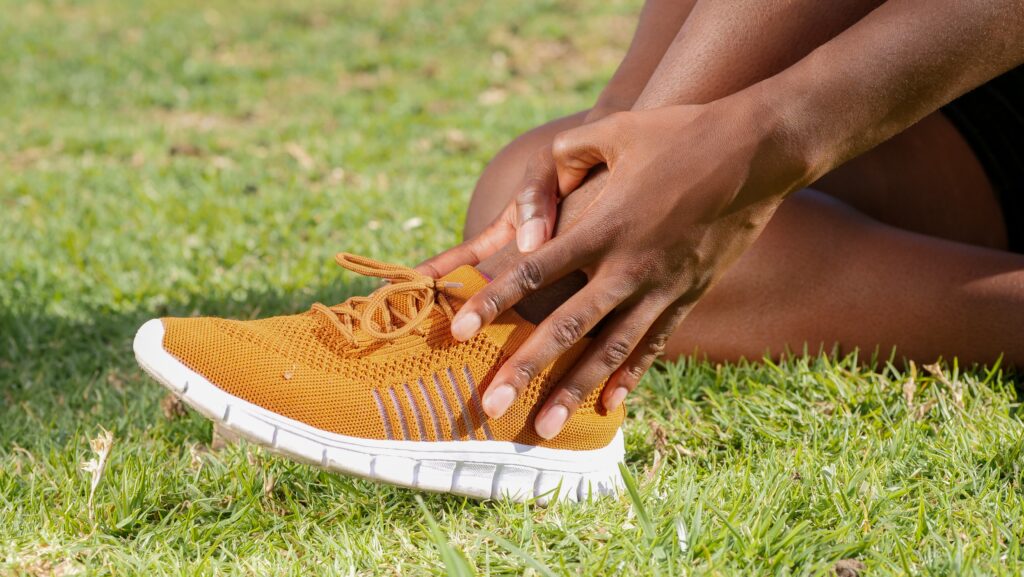Recovering From Peroneal Tendinopathy: Physical Therapy For Improvement
Introduction
Physical therapy plays a crucial role in the recovery process for a range of injuries, including peroneal tendinopathy. This condition arises when one or both of the peroneal tendons become inflamed and weakened due to excessive strain or overuse. Through physical therapy, individuals can enhance their mobility, reduce pain and swelling, and strengthen muscles, ultimately rebuilding tendon strength.
In this article, we will delve into what to expect from physical therapy for peroneal tendinopathy. We’ll explore the different types of exercises that may be included in your treatment plan and discuss the anticipated duration of the recovery process. By engaging in targeted physical therapy, individuals can achieve a faster and more comprehensive recovery from peroneal tendinopathy.
What to Expect at Physical Therapy
When you visit a physical therapist for peroneal tendinopathy, they will begin by assessing your condition. This includes evaluating your range of motion, strength, flexibility, and levels of pain. This information will help the physical therapist to develop an individualized treatment plan for you.
The primary goal of physical therapy is to reduce inflammation and relieve pain. To do this, your physical therapist may recommend various modalities such as icing and electrical stimulation. They may also use manual techniques like massage or joint mobilization to reduce stiffness and improve mobility.
Your physical therapist will also likely recommend various exercises to strengthen the muscles that support your injured tendon. This may include stretching, strengthening, and balance exercises. These exercises can help you build strength in the affected area and restore normal range of motion.
What Types of Exercises Might You Do?
The type of exercises you may do depend on the severity of your condition and the recommendations of your physical therapist. Generally, exercises for peroneal tendinopathy focus on stretches and strengthening the muscles that support your tendon. These exercises can help reduce inflammation, decrease pain, and improve mobility.
Here are some examples of exercises you might do and why:
Calf stretch: This exercise stretches the tendons in your lower leg to help reduce inflammation and restore flexibility.
Straight-leg raise: This exercise strengthens the muscles surrounding your tendon and helps improve ankle stability.
Balance exercises: These exercises focus on improving balance, coordination, and stability to reduce your risk of reinjury.
How Long Does Recovery Take?
The length of time it takes to recover from peroneal tendinopathy depends on the severity of your injury and how well you follow your treatment plan. Generally, if you’re diligent with your prescribed exercises and follow the recommendations of your physical therapist, you may be able to see improvement within a few weeks. It’s important to remember that everyone’s healing process is different, so be patient with yourself.
How Does Physical Therapy Help Prevent Reinjury?
Physical therapy can help you develop strength in the area surrounding your tendon and increase range of motion. This helps reduce stress on your tendon and lowers your risk of reinjury. Your physical therapist will also give you tips on proper techniques for everyday activities to help you avoid overworking the tendon and further injury.
Conclusion
Recovering from peroneal tendinopathy can be a long process, but physical therapy is an effective way to reduce inflammation, improve mobility, and prevent reinjury. By doing exercises that strengthen and stretch your lower leg muscles, you can improve your overall health and get back on your feet quickly.

